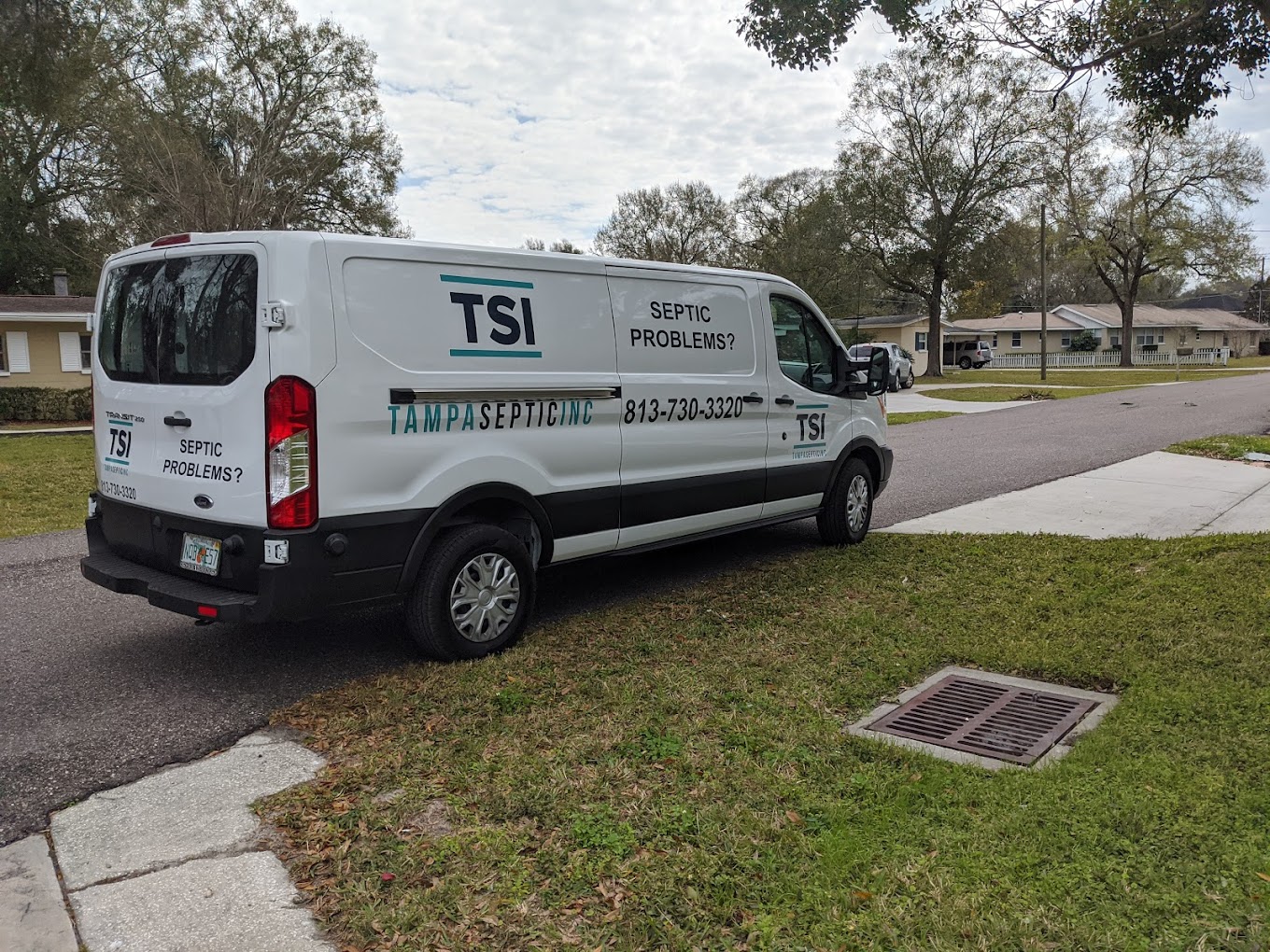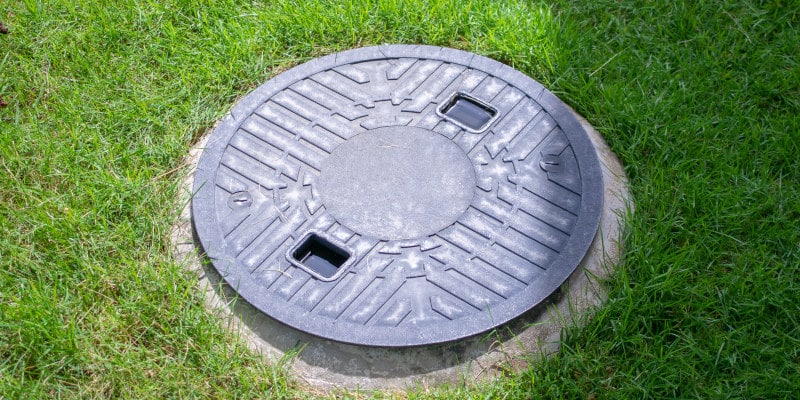
Regular septic inspections keep your residential or commercial system healthy and efficient. These inspections help identify potential issues before they become major problems. Here are seven critical aspects that inspectors check during comprehensive septic inspections.
- Location and Accessibility of the Septic System – Inspectors start by locating the septic tank and drain field. Knowing the exact location is crucial for conducting a thorough inspection and future maintenance.
- Integrity of the Septic Tank – The septic tank is inspected for cracks or leaks. We also check the condition of the tank’s lid and ensure it’s secure and intact.
- Levels of Sludge and Scum – Inspectors measure the levels of sludge and scum within the tank. These levels indicate whether the tank needs to be pumped or if excessive buildup could lead to blockages.
- Flow of Wastewater – We assess the flow of wastewater from the house to the tank and from the tank to the drain field. Proper flow is essential for the septic system to function correctly.
- Condition of the Drain Field – The drain field is inspected for standing water, unusually lush vegetation, or odors. These signs can indicate that the effluent is not properly filtering through the ground.
- Distribution Box – If present, the distribution box is checked for any signs of blockage or uneven distribution of effluent to the drain field.
- Pump and Mechanical Components – For systems with pumps or mechanical components, our inspectors verify that all electrical connections, pumps, controls, and wiring are working properly.
We suggest having septic inspections every 1 to 3 years because they are crucial for the system’s longevity. Call us to schedule your inspection.




